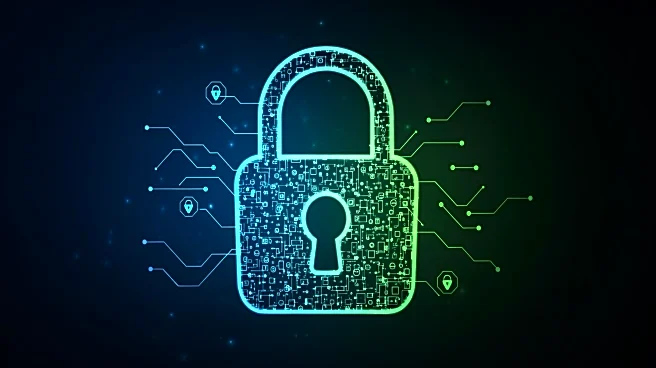What's Happening?
A cyberattack on the Risevatnet dam in Norway has raised concerns about the security of water infrastructure globally, including in the United States. On April 7, 2025, attackers accessed the dam's remote-control
panel and forced a discharge valve open, releasing water for four hours. Although no structural damage occurred, the incident prompted an investigation under Norway's new Penal Code targeting foreign influence operations. The attack exploited a weak password, highlighting vulnerabilities in the process layer of operational technology (OT) systems, which control physical operations like pumps and valves.
Why It's Important?
The incident underscores the growing threat of cyberattacks on critical infrastructure, including water utilities in the U.S. Many water systems rely on outdated technology not designed for network connectivity, making them susceptible to cyber threats. The lack of mandatory cybersecurity standards for water utilities further exacerbates the risk. As utilities increasingly network their systems for remote access, they introduce new vulnerabilities that could be exploited by attackers. This highlights the need for improved cybersecurity measures and investment in protecting critical infrastructure from sophisticated cyber threats.
Beyond the Headlines
The attack on the Norwegian dam serves as a wake-up call for U.S. water utilities to reassess their cybersecurity strategies. The focus has traditionally been on IT security, but the incident demonstrates the importance of securing the physical process layer. Utilities must adopt comprehensive cybersecurity frameworks that include real-time monitoring and detection of physical anomalies. The event also raises questions about the regulatory environment and the need for mandatory cybersecurity standards to protect critical infrastructure from potential state-sponsored attacks.












